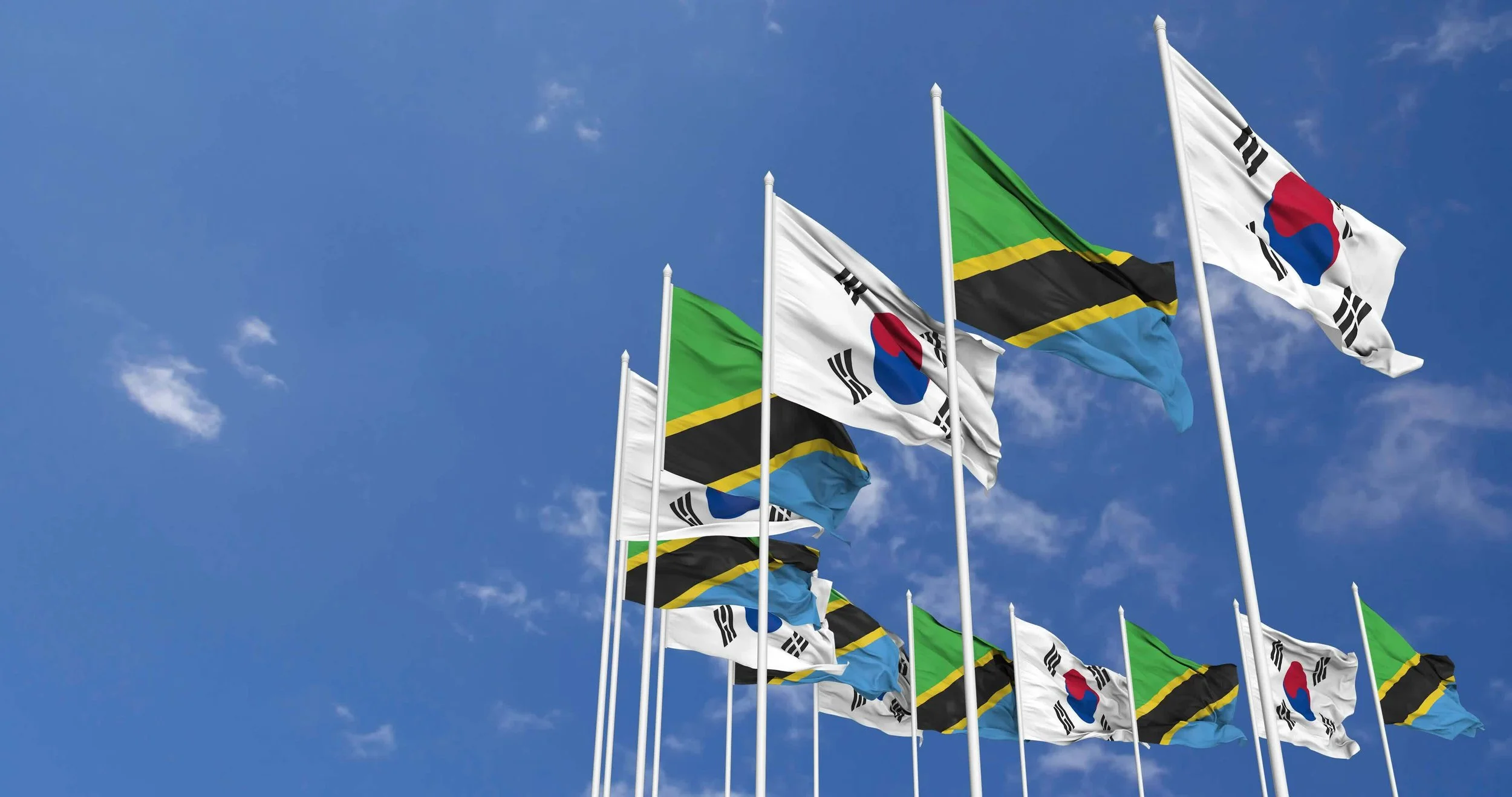Baking The Divide Into The (Mobile) Design: South Korea And Tanzania And Home-Grown Technology
A rather belated post for the week but I just returned from the UK where I defended my thesis at University College London on mobile learning in higher education. I was critiqued on a whole range of issues but a few questions that particularly stuck were how would I know (mobile) learning if I were to see it? What does it look like, particularly in a mobile context? How does it render differently in different regions? How do we design for it in light of the technologies available?
My thesis was on mobile learning in the South Korean context. With a technological infrastructure on par or exceeding that of any nation in the world, where 40% of its population enjoy a high speed, fixed Internet connection; and where there are over 111 mobile subscriptions per 100 people, South Korea enjoys an almost complete saturation of connectivity (ITU ICT, 2015). It is an environment of increasing mobility as mobile traffic accounts for 29% of all web traffic (We Are Social, 2015). 30% of the South Korean population actively using social media and 27% of the entire population doing so through mobile (2015). Along with this connectivity comes with it a local capacity for digital software, applications, and social media environments; South Koreans are accustomed to using technologies and applications developed in and for South Koreans. The sociocultural elements are baked right into the design. Further, they are used to using them at an earlier age than just about everyone:
“…Korean adolescents (ages 12–18) own their first mobile phone comparatively earlier than those in Japan, China, India, and Mexico, and 80.6% of Korean adolescents have their own mobile phone (compared to Japan, 77.3%; Mexico, 64%; China, 48.9%; and India, 30.6%). In particular, Korea shows a higher penetration rate among younger groups: 87.7% of 12-year-old Korean adolescents already use mobile phones, which far surpasses other countries (Japan, 50%; Mexico; 45.1%; China, 27.7%; and India 11.6%)” (Ok, 2011).
Smash cut to my work here at Panoply Digital, particularly in developing nations contexts. I focus much of my work on Nigeria and Tanzania. Tanzania has decent mobile penetration, at 65% feature phone to 8% smartphone; Nigeria does even better at 27% having a smartphone or reporting to have one (Pew, 2015). Yet I couldn’t conceivably approach my mobile learning design for these locales the same as I would for Nigeria or Tanzania. I have been bound by the principle to design for the greatest accessibility, the greatest penetration, the most widely available technology. I believe in that.
But not as an absolute. I am struck by the idea that by designing for SMS or feature phones, we are in some way baking the divide right in. South Korea is not Tanzania nor can I rightfully approach mobile learning design in the same way with either. With South Korea, the design is essentially limitless: whatever is available is fair game with the only real limitations being some sort of cultural infidelity. I could do essentially anything within cultural reason. With Tanzania, I am bound by both cultural and technological constraints. More than that, the digital divide might very well be objectified in the SMS or mobile phone design itself, as Dinuka Wijetunga suggests.
“Internet access and computing capabilities, as they have been built into the phone and described in manuals, assume prior interaction with computers and the Internet. In other words, the users envisaged by designers are already users of these ICTs who simply seek to transfer those facilities from the computer to the mobile phone. Those who do not already possess the necessary skills are thus effectively prevented from accessing them.”
This level of unfamiliarity may not be the case with Tanzania or Nigeria, where high levels of mobile phone ownership are reported. But it does raise an interesting point, particularly with the rise of cheaper smartphones and technology designed in and by those from developing nations.

